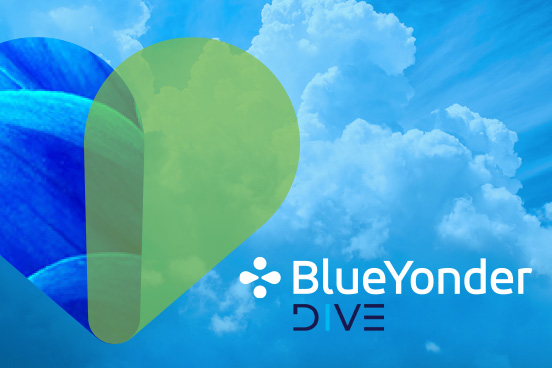Microaffirmations: How Small Acts Can Build an Inclusive and Empowered Culture at Work
Note: I first learned about the concept of microaffirmations from Black creators on TikTok, especially @benjy_lookbook and @maekaewoods. Microaffirmations can be beneficial to any under-represented groups, but my intention is to share the perspective of someone in the LGBTQ+ community.
Before same-sex marriage was legalized in 2015, I remember how unsettling it could feel to meet anyone new, especially colleagues. There was never an easy and painless way to let someone know that I identify as a gay man. My fumbling words usually sounded something like, “Yes, I have a boyfriend. Well, he’s more than a boyfriend; we’ve been together for a really long time and have two cats and are very committed to each other…” And the awkward rambling would go on and on.
It felt like coming out all over again — and again.
I remember feeling like I didn’t have control of my own narrative and that I could still be rejected for just being myself. This was a level of mental anguish and trauma that many cannot understand and — thankfully — will never experience.
Since getting married, using the word “husband” has been one of the most empowering tools for me to quickly and effortlessly be my authentic self at work, without any fanfare or dramatic coming out speeches necessary. “Oh, my husband and I live in Columbus,” or “My husband is meeting me for lunch today,” — with that one little word, people are immediately caught up to speed on who I am.
So, when someone refers to my husband — not “partner” or “boyfriend” — I feel seen. They don’t need to hold my hand and march at a Pride parade to let me know that I matter. One simple word is all it takes.
And that’s a microaffirmation.
You’ve likely heard the term microaggression, which is used to describe the collection of little ways we, consciously or unconsciously, ignore, diminish, or insult people who are different from us. Microaffirmations are the exact opposite. According to one definition by Mary Rowe at MIT, microaffirmations are “small acts, which are often ephemeral and hard-to-see, events that are public and private, often unconscious but very effective, which occur whenever people wish to help others to succeed.”
While dealing with microaggressions shouldn’t be avoided and should be handled directly, using microaffirmations can be especially helpful in building a culture of inclusion, trust, and respect.
A few examples of common microaffirmative behaviors include: learning how to properly pronounce someone’s name; respecting and using people’s pronouns; offering opportunities to be visible when someone is overlooked; and holding event organizers accountable for recruiting women and under-represented groups as presenters.
But I would caution anyone to not be systemic about learning microaffirmations — there isn’t a spreadsheet with categories of marginalized people and the correct behaviors to use with each group. To truly understand, you’ll have to get on a micro level and learn what’s important to each individual.
It’s common to think that being a good ally means doing a grand gesture, like delivering a big speech or hosting a diversity and inclusion event. And, of course, those broad, sweeping measures are impactful, but the small, everyday acts continuously build lasting and sustainable impressions that can truly change the quality of someone’s life — in or out of the office.
My challenge for each of us to think about: What microaffirmations would make a difference for you? What about your colleagues?
Remember: these affirmative behaviors may be small, or micro, but they can have a huge impact on culture in the workplace to make everyone feel included, respected, and empowered to be their authentic selves. And that’s a big win for us all.


Comments are closed.